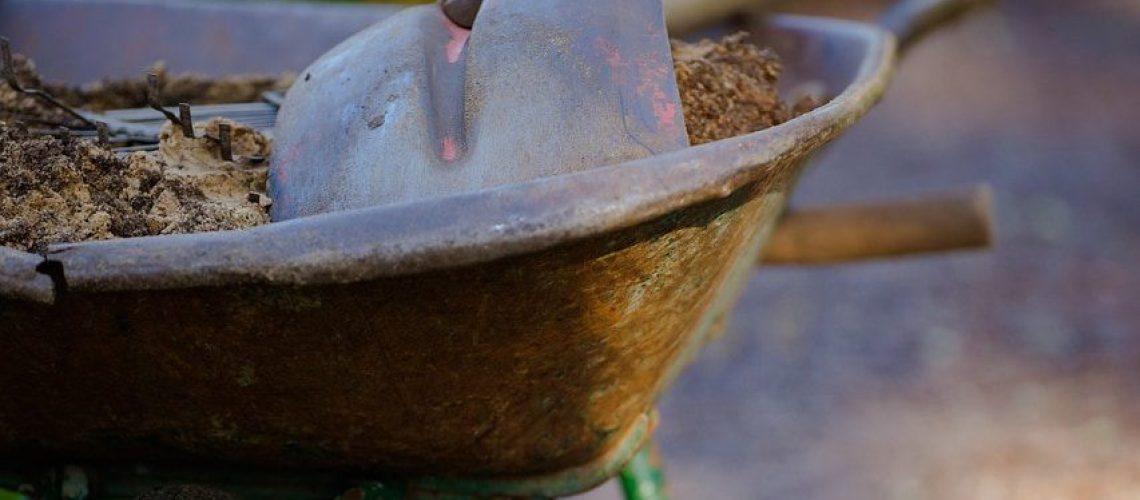It was a walk down the street this morning and whiff of something a bit farmyard that inspired this post. I’m sure I’m not the only one who’s copped a noseful of fertiliser lately. When the warmer spring weather hits, plants start growing once again and to help them with this, a good dose of fertiliser is just what they need.
In the plant food aisle, one can be spoilt for choice or just plain confused. The information below should help you narrow down the options.
NPK
I’ll try not to get too nerdy scientist on you, but this will help you decipher the numbers on the back of the pack. Fertilisers have a breakdown of the top 3 nutrients required by plants, Nitrogen (N), Phosphorus (P) and Potassium (K). As a rule of thumb Nitrogen assists with leaf growth, Phosphorus is overall plant growth and Potassium helps with flowering. So for example a plant food for Citrus would have higher amounts of Phosphorus and Potassium and small amounts of Nitrogen so the plants energy is not put into the leaf growth but instead focuses on juicy fruit.
WHAT’S WHAT
- Organic slow release pellets. This is your all purpose product, suitable to feed your entire garden. These are easy to use and release nutrients over time as they break down. Best applied at the beginning of each season except winter when plant growth is slowing down and extra nutrients aren’t required. Handy if you’re time poor as this only needs to be done 3 times a year.
- Liquid fertiliser. This is for a fast acting approach as nutrients are available to the plants immediately without having to breakdown first. Also good to use as an extra boost if your plant is flowering or fruiting.
- Seaweed Solution. This is more of a tonic than a fertiliser. Seaweed solution helps with strong root growth as well as overall plant health. You can also use this when you first plant, once a week for one month then you can continue to use it once a month after your plant has settled in. It’s also great to help build up strength in a plant that has been attacked by pests or has been transplanted.
- Specialist fertiliser. The slow release pellets will do the job on all plants but if you have a quite a few Citrus trees, Roses, Camellias or Azaleas it can be worth purchasing a plant food formulated for them. This will target their specific needs and deficiencies.
A BIT OF EXTRA LOVE AND ATTENTION
- Pot Plants. I like to use a liquid fertiliser once a month on pot plants because potting mix can lose its nutrients very quickly.
- Native Plants. Be sure to choose a fertiliser suitable for natives as many Australian Natives plants are sensitive to high levels of Phosphorus which are found in most general purpose fertilisers.
- Veggies. During their growing period, while they need extra nutrients for fruit production, they will love a weekly application of a liquid fertiliser.
TOP FERTILISER TIPS
- Water in well after application, this helps kickstart the breakdown and can reduce the aroma (not necessary with liquid fertilisers).
- Be sure to follow the application rate on the pack.
- Don’t apply directly to plant roots.
If you would like advice on how to get the best out of your garden or are thinking of a new landscape design don’t hesitate to contact The Urban Garden Co Sydney.


